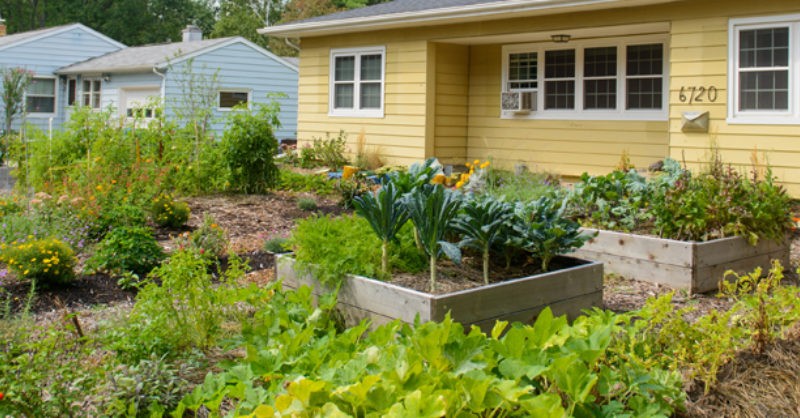
Growing Food Instead of Lawns in California Front Yards
In the heart of South Los Angeles, a remarkable transformation is taking place. Traditional grass lawns are giving way to vibrant, productive vegetable gardens, turning front yards into miniature crop farms that feed dozens of families while conserving precious water resources.
One standout example can be found in Leimert Park, where a corner lot has been reimagined as a whimsical yet practical urban oasis. This garden defies conventional landscaping norms, presenting a stark contrast to the surrounding grassy yards.
The once-ordinary lawn now boasts an impressive array of edible plants. Grapes and blackberries intertwine along trellises, creating natural living fences. Raised garden beds overflow with aromatic basil, nutritious sweet potatoes, and crisp mesclun greens. Perhaps the most eye-catching feature is the innovative use of vertical space - stacked planters reach skyward, each level bursting with a variety of leafy greens and vegetables.
This vertical gardening approach maximizes the available growing area, allowing for an impressive diversity of crops. Kale, cabbage, and arugula thrive alongside various lettuces. Eggplants add splashes of purple, while tatsoi and collard greens contribute their unique textures and flavors to the mix.
The benefits of these front yard farms extend far beyond their visual appeal. By replacing water-hungry grass with drought-tolerant and productive plants, these gardens significantly reduce water consumption. This is particularly important in California, where water conservation is a pressing concern.
Moreover, these urban gardens are helping to address food security issues in local communities. Fresh, nutritious produce is now growing just steps away from people's front doors, providing easy access to healthy food options.
The Leimert Park garden serves as an inspiration, demonstrating how residential spaces can be repurposed to create sustainable, productive, and beautiful environments. As more Californians embrace this trend, front yards across the state are being transformed from passive lawns into active contributors to both ecological and community well-being.